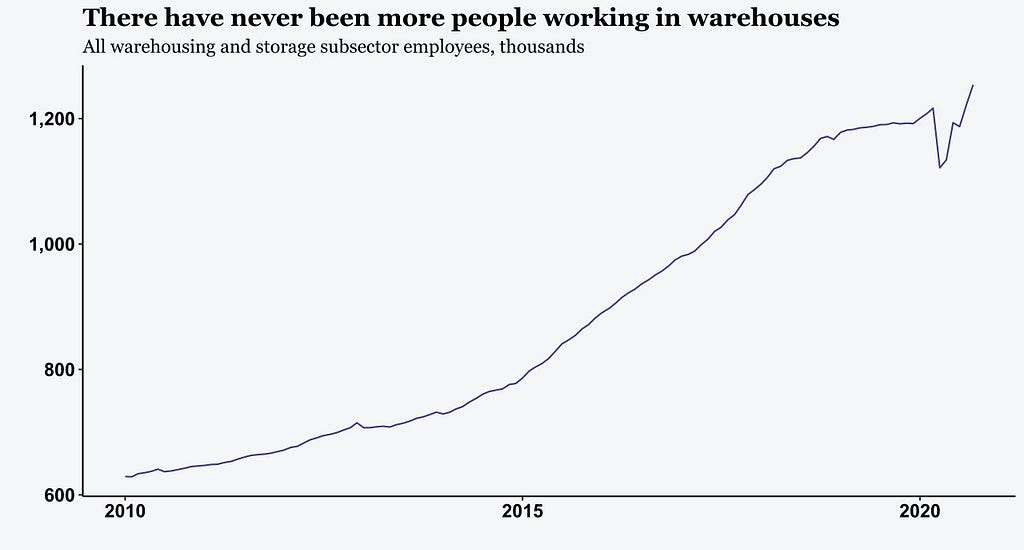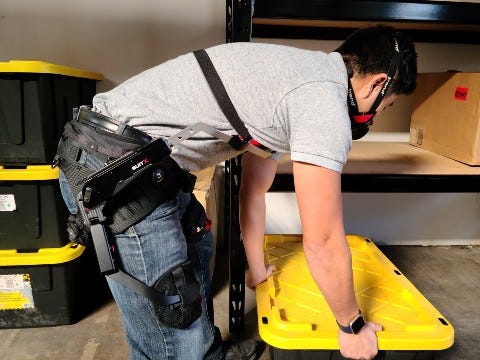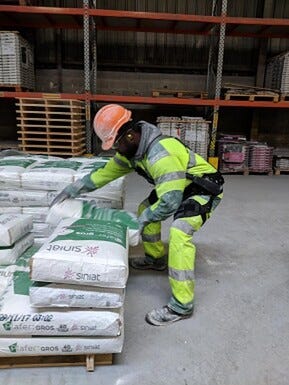By Elyse Scalia, MEng ’23 (ME/Biomechanics)
This op-ed is recognized as an Honorable Mention in the annual Berkeley MEng op-ed contest and part of a series from E295: Communications for Engineering Leaders. In this course, Master of Engineering students were challenged to communicate a topic they found interesting to a broad audience of technical and non-technical readers. As an opinion piece, the views shared here are neither an expression of nor endorsed by UC Berkeley or the Fung Institute.

“This accumulated loading leads to tissue damage and pain, causing thousands of people each year to take time off from work to treat or recover from work-related MSDs.”Given this information, it is evident that imposing a regulation to preserve workers’ long-term back health is not feasible, as the damage is not caused by a single instance but by an accumulation of necessary behaviors. Fortunately, trunk-support exoskeletons offer a wearable intervention to prevent lower back disorders. For instance, backX is an exoskeleton manufactured by Bay Area start-up company suitX that aims to preserve lower back health. It functions by providing a resistance force to counter the upper body weight, supporting the torso by a chest plate when the user bends forward to lift an object. By compensating for the torque due to weight, backX minimizes activity of the erector spinae muscle at the inner back, thus reducing the damage that develops from repeating this motion [6]. Although backX’s development is still recent, experimental data has shown an improvement in endurance time for a user that performed repetitive lifting while wearing the exoskeleton [7]. The device is also advanced enough to provide different levels of resistance depending on how far forward the user bends and is carefully designed to allow the full range of normal motion without impeding walking, sitting, or stair climbing.


Op-ed: Wearable exoskeletons to preserve warehouse workers’ health was originally published in Berkeley Master of Engineering on Medium, where people are continuing the conversation by highlighting and responding to this story.


